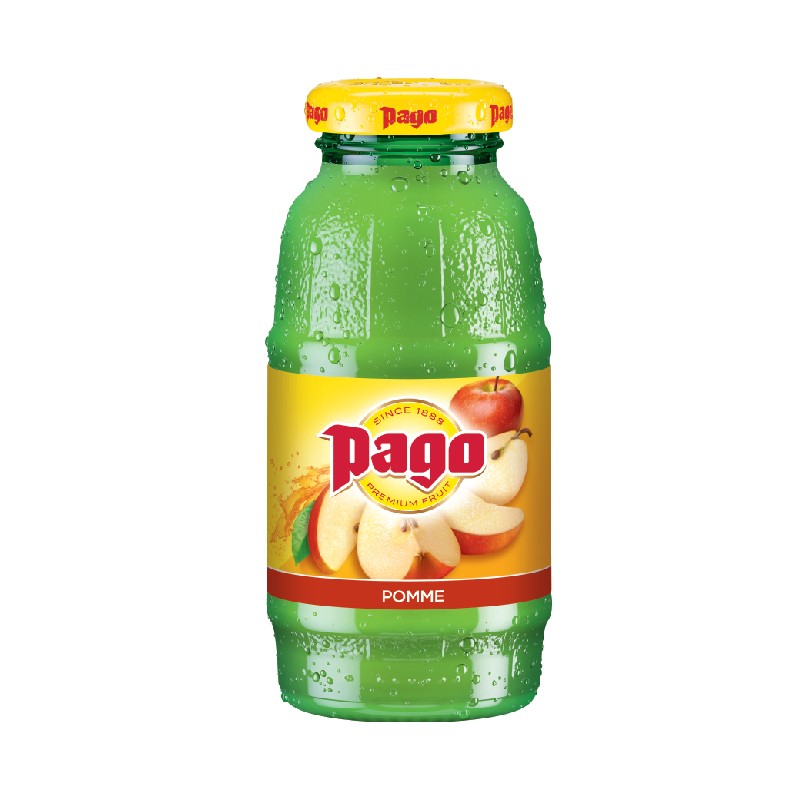
High cholesterol and obesity are greatly influenced by diet and lifestyle and are costing the United States billions of dollars in health related expenses. It has been estimated that a healthy diet could prevent approximately 30% of all cancers. The causes of both diseases have been linked to lifestyle choices, and one of the most important is diet.

In the United States, as well as in most industrialized countries, cardiovascular disease and cancer are ranked as the top two leading causes of death. The purpose of this paper is to review the most recent literature regarding the health benefits of apples and their phytochemicals, phytochemical bioavailability and antioxidant behavior, and the effects of variety, ripening, storage and processing on apple phytochemicals.

While extensive research exists, a literature review of the health benefits of apples and their phytochemicals has not been compiled to summarize this work. Storage has little to no effect on apple phytochemicals, but processing can greatly affect apple phytochemicals. The phytochemical composition of apples varies greatly between different varieties of apples, and there are also small changes in phytochemicals during the maturation and ripening of the fruit. Apples contain a variety of phytochemicals, including quercetin, catechin, phloridzin and chlorogenic acid, all of which are strong antioxidants. In the laboratory, apples have been found to have very strong antioxidant activity, inhibit cancer cell proliferation, decrease lipid oxidation, and lower cholesterol. Apples are a widely consumed, rich source of phytochemicals, and epidemiological studies have linked the consumption of apples with reduced risk of some cancers, cardiovascular disease, asthma, and diabetes. Evidence suggests that a diet high in fruits and vegetables may decrease the risk of chronic diseases, such as cardiovascular disease and cancer, and phytochemicals including phenolics, flavonoids and carotenoids from fruits and vegetables may play a key role in reducing chronic disease risk.


 0 kommentar(er)
0 kommentar(er)
